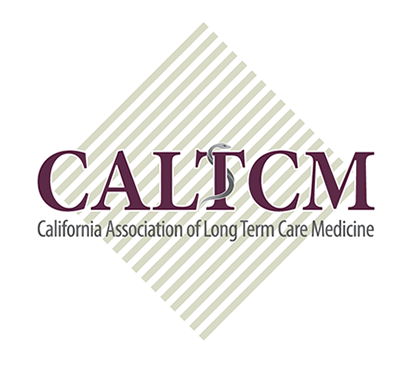Are you ready for MAID?
As I previously reported, in the August 1 WAVE, SB 380, the End of Life Option Act (EOLOA) became a law in California in 2016 and was amended in 2021 to shorten to two days the time from the first oral request to the second one. In addition, all healthcare facilities (acute care hospitals, SNFs, hospices, and medical offices) are to post a publicly visible notice on their website and offices stating their policy with respect to the EOLOA, including if they and their employees are prohibited from participating in this Act.

